
ASTROHAUNT
Top Down Shooter
You are an astronaut trying to clear as many haunted mansions as you
can by shooting ghosts and taking their abilities!
 13 People
13 People
 7 Weeks
7 Weeks
 Technical Game Designer
Technical Game Designer
 Unreal Engine
itch.io
Unreal Engine
itch.io
PROJECT OVERVIEW
This was the first time I got to work in a team project with artists and programmers, which was a little challenging at first. It took me some time to open up and speak my mind in meetings. It also taught me to trust my teammates as I learned that we all have our own strengths and I can count on others to do their work well.
Damage Feedback
When we first started playtesting the game, we noticed that the players wouldn't look at their health bar and would end up dying a lot. To solve this, I implemented a visual damage feedback system, the blood splatter vignette.
Players Are Unaware Of Minigame
We noticed that not many players knew that they could capture ghosts, but even if they did, they didn't see the point in doing it more than once. They also created their own strategies and found out which ability works best for them. Due to this, we decided to implement a tutorial level, which was my task, where the players are taught how to capture ghosts.
MY CONTRIBUTIONS

Research Document
Character
For the character, I experimented with different types using
a colleague's tool for adjusting in-game values easily. I
created three versions: Floaty for the in-space feel, Quick
and snappy like our reference game, and a blend of both for
balance. Playtesting guided us to the final choice, which we
tweaked based on player preferences.
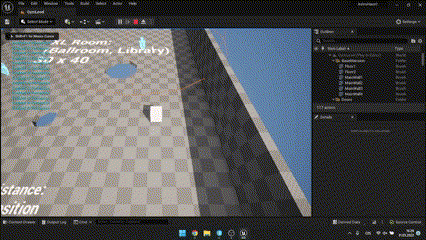 Final Version
Final Version
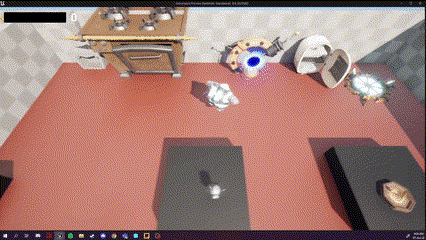 Paradroid-Like
Movement
Paradroid-Like
Movement
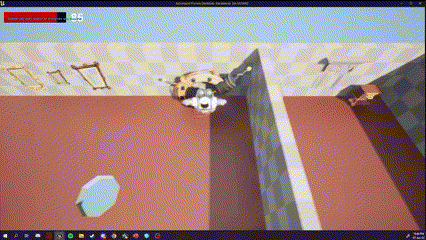 Floaty Movement
Floaty Movement
Camera
For the camera, I ensured it provided enough information without revealing the whole map, maintaining the Ouija Board's utility for finding enemies. Adjustments were made to address visibility issues near walls, resulting in a more balanced view.
For the camera, I ensured it provided enough information without revealing the whole map, maintaining the Ouija Board's utility for finding enemies. Adjustments were made to address visibility issues near walls, resulting in a more balanced view.
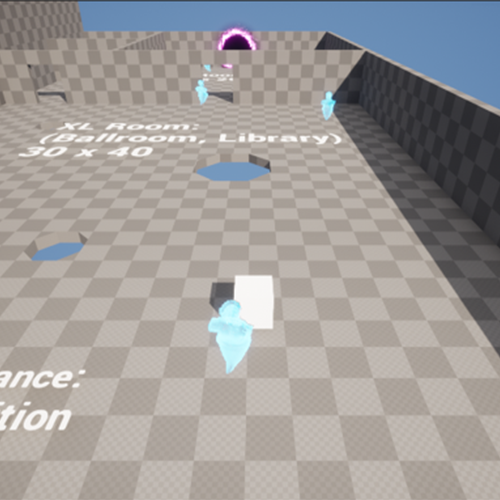 Initial Camera
Initial Camera
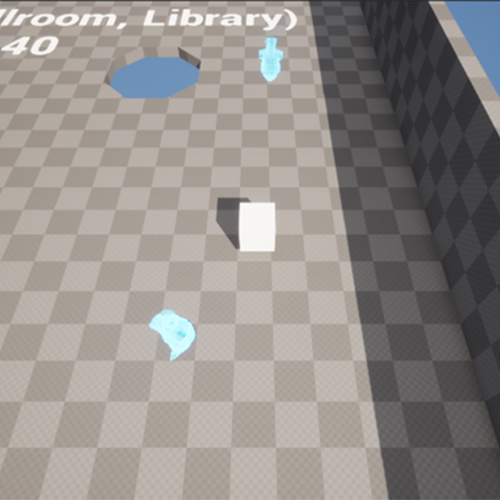 Final Camera
Final Camera
Controls
Regarding controls, we initially disagreed and delayed
decisions, which we now see as a misstep. We eventually
settled on common controls, adjusting based on playtesting.
We used Unreal Engine's input system, where each input
action was set in the project settings and used in
blueprints through events.
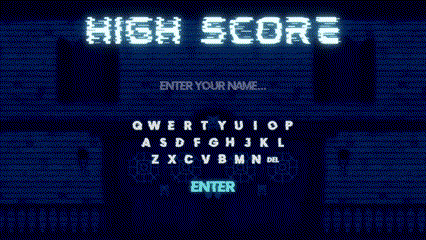
High Score Screen Blueprint
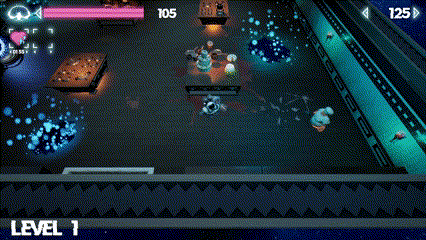
Blood Splatter Blueprint
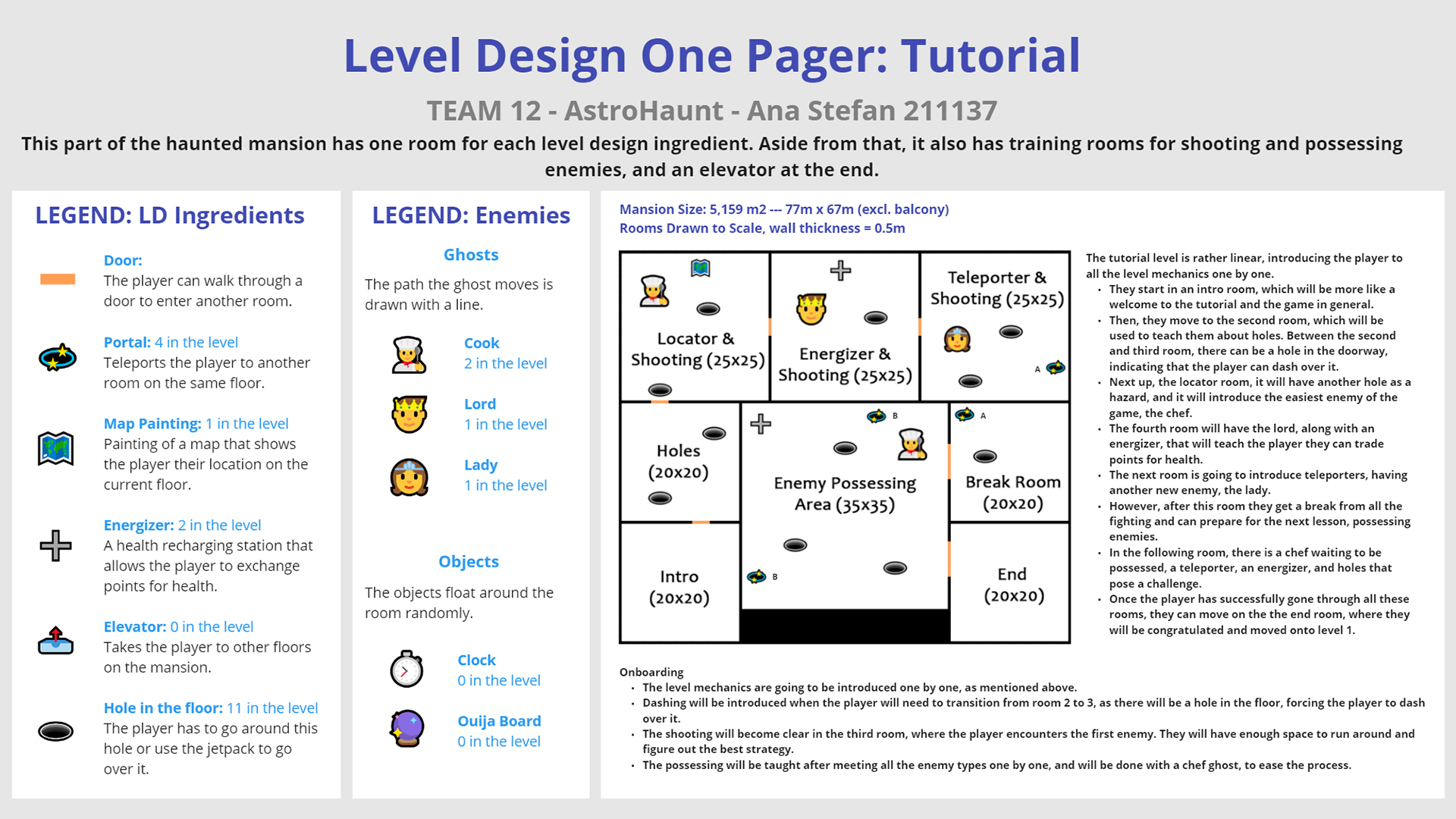
Being my first multidisciplinary project, I started out shy and reserved, but quickly adapted to being open about collaborating with the other roles.